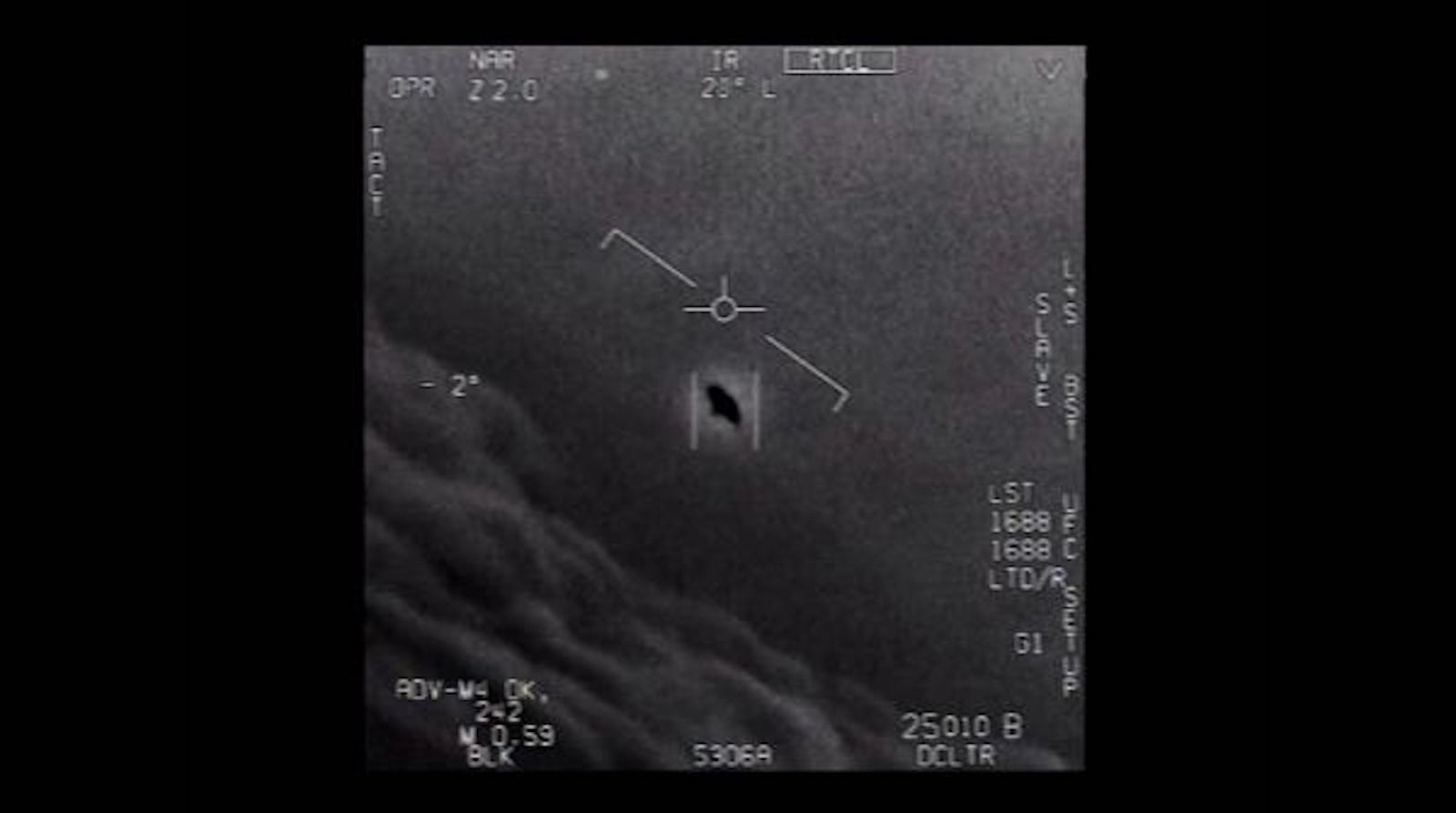Pentagon establishes office to track UFOs in space
The office will also attempt to study objects that appear to travel between air, space and water.

The Department of Defense has created an office to track unidentified objects in space and air, under water, or even those that appear to travel between these domains.
UFOs, or as they are now known, unidentified aerial phenomena (UAP) have been receiving newfound levels of government scrutiny not seen in decades. Multiple hearings and classified briefings have taken place in the halls of the U.S. Congress in recent months, and many lawmakers have expressed concern that America's airspace may not be as safe as we think due to the many sightings of unidentified objects military aviators and other armed forces personnel have reported.
With that in mind, the Department of Defense (DOD) announced the creation of this new office in a statement published Wednesday (July 20). The office is known as the All-domain Anomaly Resolution Office, or AARO, and was established within the Office of the Under Secretary of Defense for Intelligence and Security. The new office will be led by Sean Kirkpatrick, who previously served as the chief scientist at the Defense Intelligence Agency's Missile and Space Intelligence Center.
Related: How big a deal is NASA's new UFO study?
In the statement, the DOD wrote that this new office will coordinate efforts throughout the DOD and federal government to "detect, identify and attribute objects of interest in, on or near military installations, operating areas, training areas, special use airspace and other areas of interest, and, as necessary, to mitigate any associated threats to safety of operations and national security."
In a separate statement, Deputy Secretary of Defense Kathleen Hicks wrote that this office is now "the DoD focal point for all UAP and UAP-related activities and may represent the Department for such activities."
The office has six primary lines of effort: surveillance, collection and reporting; system capabilities and design; intelligence operations and analysis; mitigation and defeat; governance; and science and technology.
Get the Space.com Newsletter
Breaking space news, the latest updates on rocket launches, skywatching events and more!
The objects of interest the office will attempt to detect and identify will include "anomalous, unidentified space, airborne, submerged and transmedium objects." Transmedium in this sense refers to objects or craft that can travel between domains, such as being able to transition from airborne flight to spaceflight, or from underwater travel to flight.
The creation of this new organization is only the latest policy the U.S. government has made in recent months aimed at gaining a better understanding of UFOs. In June, NASA commissioned a panel designed to investigate UAP, with the secondary objective of removing some of the stigma or taboo associated with the topic.
"One of the things that we tangentially hope to be part of this study, simply by talking about it in the open, is to help to remove some of the stigma associated with it," Daniel Evans, assistant deputy associate administrator for research at NASA's Science Mission Directorate, said during a news conference held at the time. "That will yield, obviously, increased access to data, more reports, more sightings, et cetera. So that's another thing that we're trying to accomplish with it."
Follow Brett on Twitter at @bretttingley. Follow us on Twitter @Spacedotcom or on Facebook.
Join our Space Forums to keep talking space on the latest missions, night sky and more! And if you have a news tip, correction or comment, let us know at: community@space.com.

Brett is curious about emerging aerospace technologies, alternative launch concepts, military space developments and uncrewed aircraft systems. Brett's work has appeared on Scientific American, The War Zone, Popular Science, the History Channel, Science Discovery and more. Brett has English degrees from Clemson University and the University of North Carolina at Charlotte. In his free time, Brett enjoys skywatching throughout the dark skies of the Appalachian mountains.









